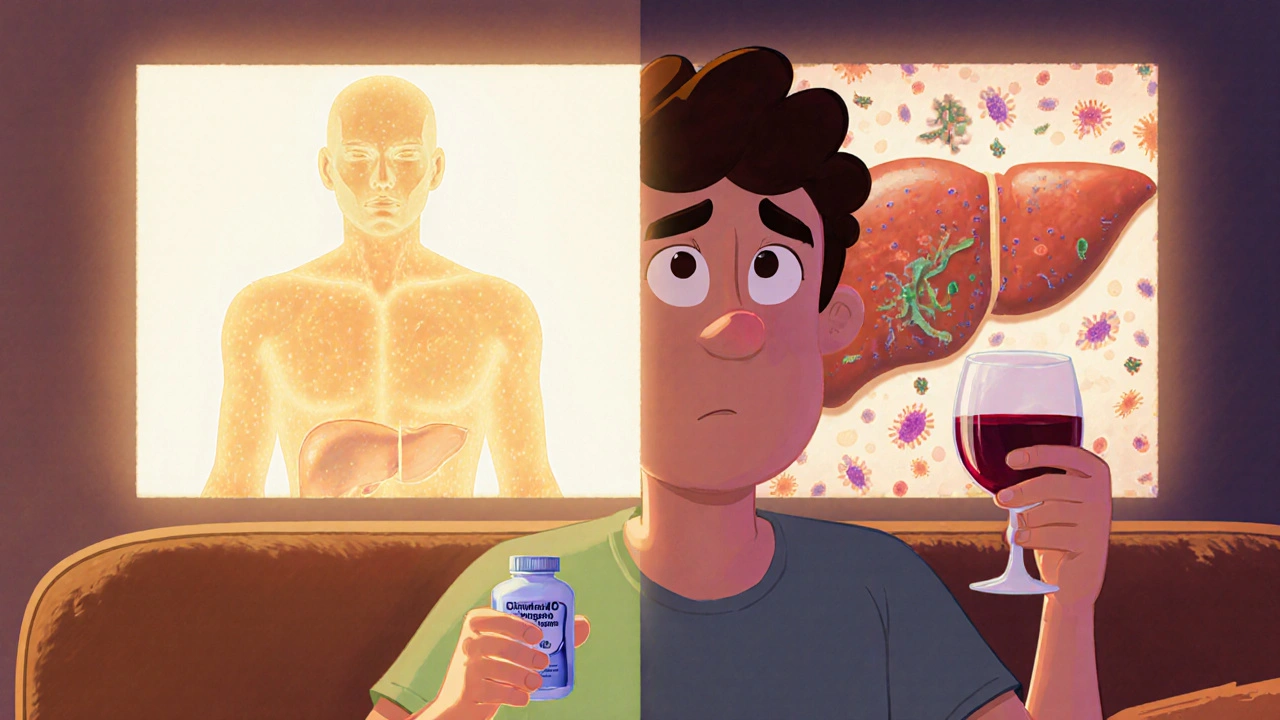Clindamycin Phosphate: What It Is, How It Works, and What You Need to Know
When your skin breaks out in painful acne or gets infected with bacteria, clindamycin phosphate, a topical antibiotic that kills bacteria on the skin and reduces inflammation. Also known as clindamycin topical, it’s one of the most common prescriptions for moderate to severe acne and minor skin infections like folliculitis. Unlike oral antibiotics that affect your whole body, clindamycin phosphate is applied directly to the skin, so it targets the problem where it starts—without flooding your system with drugs.
This medication is often paired with benzoyl peroxide to prevent bacteria from becoming resistant. You’ll find it in gels, lotions, and solutions, and it’s usually prescribed when over-the-counter treatments fail. It doesn’t work for viral or fungal infections—only bacterial ones. That’s why doctors don’t hand it out like candy. It’s meant for targeted use, and using it wrong can make future infections harder to treat. If you’ve ever been told to use it for two weeks straight, even if your skin looks better after three days, that’s why. Stopping early lets the toughest bacteria survive and multiply.
Clindamycin phosphate is part of a bigger group of antibiotics called lincosamides, which also includes oral clindamycin used for deeper infections like abscesses or bone infections. But when it’s in cream or gel form, it’s almost always for the skin. People with sensitive skin sometimes get redness or dryness, but most tolerate it well. It’s also used off-label for rosacea and certain types of wound infections, though those uses aren’t always covered by insurance.
What you won’t find in most guides is how it compares to other topical antibiotics like erythromycin or metronidazole. Or why some patients switch from clindamycin to adapalene or azelaic acid after months of use. And you won’t hear much about the rare but serious risk of C. diff diarrhea—even with topical use, a small amount can get into your gut and trigger it. That’s why you’re told to report persistent diarrhea right away.
Below, you’ll find real patient experiences and medical insights on how clindamycin phosphate fits into acne treatment plans, what to do when it stops working, and how to avoid common mistakes that make it less effective. Whether you’re just starting out or have been using it for months, there’s something here that’ll help you use it smarter.

Clindamycin Phosphate and Alcohol: What You Should Know Before Mixing the Two
Mixing clindamycin phosphate and alcohol won't cause a deadly reaction, but it can slow healing, worsen side effects, and increase gut risks. Here's what you really need to know before drinking.
Categories
- Health and Medicine (41)
- Medications (41)
- Health and Wellness (34)
- Online Pharmacy Guides (15)
- Nutrition and Supplements (7)
- Parenting and Family (3)
- Environment and Conservation (2)
- healthcare (1)
- prescription savings (1)
Popular Articles



